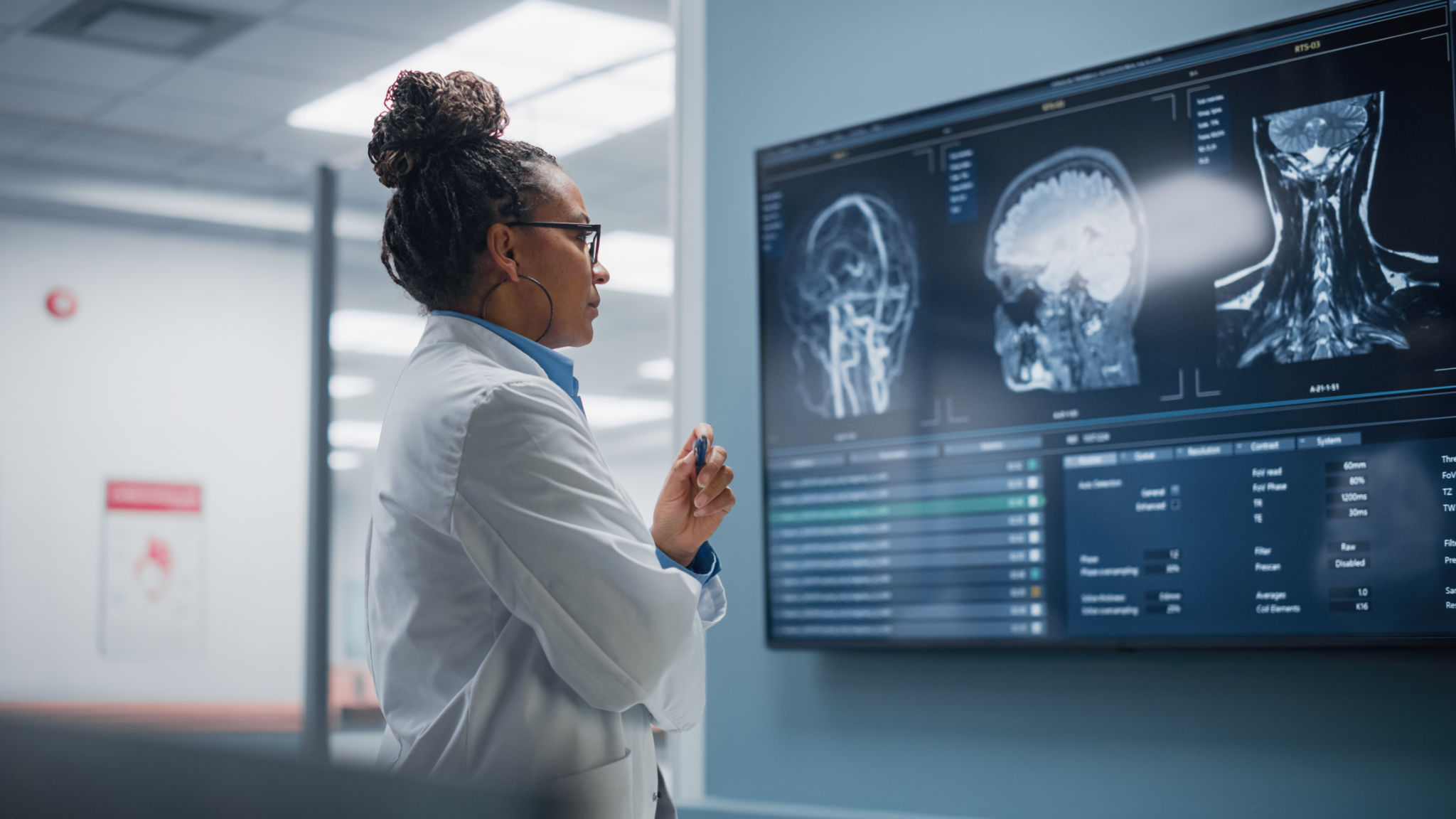The Role of EEGs in Neurology: Insights from Houston Experts
Understanding EEGs in Neurology
Electroencephalograms, commonly known as EEGs, are a vital tool in the field of neurology. They are used to monitor the electrical activity in the brain, providing neurologists with important insights into brain function. EEGs are non-invasive and can detect abnormalities that might indicate neurological disorders.
For decades, EEGs have been instrumental in diagnosing conditions such as epilepsy, sleep disorders, and brain tumors. By placing electrodes on the scalp, neurologists can measure fluctuations in brain wave patterns, which can reveal a lot about a patient's neurological health.

How EEGs Work
The process of conducting an EEG is relatively straightforward. Electrodes are strategically placed on the scalp to record electrical impulses produced by the brain's neurons. These impulses are then converted into visual patterns that neurologists can analyze.
EEGs capture data in real-time, which allows for immediate interpretation. This immediacy is crucial in diagnosing conditions like epilepsy, where understanding brain activity during seizures can provide critical information for treatment.

The Importance of EEGs in Diagnosing Neurological Disorders
EEGs are particularly valuable in diagnosing epilepsy. They help identify abnormal electrical discharges in the brain, which are often indicative of seizure activity. This makes EEGs an essential tool in formulating effective treatment plans for epilepsy patients.
In addition to epilepsy, EEGs are used to assess other conditions such as brain injuries, encephalitis, and even certain mental health disorders. By examining brain wave patterns, neurologists can determine the presence and extent of these conditions.

Insights from Houston Experts
Houston is home to some of the leading experts in neurology, who emphasize the importance of EEGs in both clinical and research settings. These professionals highlight how EEG technology has evolved over the years, offering more precise and detailed insights into brain activity.
Advancements in EEG technology have improved diagnostic accuracy and expanded its applications. Houston experts are at the forefront of using these innovations to enhance patient care and outcomes.
The Future of EEG Technology
As technology continues to advance, the future of EEGs looks promising. Emerging techniques such as portable and wearable EEG devices are making it easier to monitor patients outside traditional clinical settings. This mobility can lead to more comprehensive data collection and patient-centric care.
The integration of artificial intelligence with EEG technology is also on the horizon. AI can assist in analyzing large datasets more efficiently, potentially identifying patterns that might be missed by human analysis alone. This could revolutionize how neurological disorders are diagnosed and treated.

Conclusion
EEGs play an indispensable role in neurology, offering crucial insights into brain function and aiding in the diagnosis of various neurological disorders. With continuous advancements and contributions from experts, particularly those in Houston, EEG technology will likely continue to evolve and improve patient care.
Whether for diagnosing epilepsy, assessing brain injuries, or exploring new research avenues, EEGs remain a cornerstone of neurological practice. As we look to the future, the integration of new technologies promises to expand their utility even further.